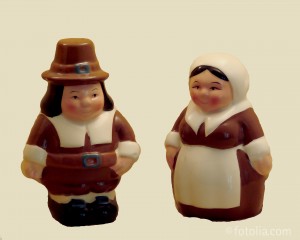Renaissance Costumes as Christmas Gifts
The holiday season isn’t far off, and a Renaissance costume is a fantastic choice of gifts for a loved one who enjoys Medieval themes and events. Whether that person already owns some Medieval garb or whether you are thinking about gifting that first outfit, the surprise will be fantastic. You can consider a variety of costume possibilities, and it’s also fun to include accessories.
You might want to think about a noblewoman’s gown for a daughter who is majoring in literature. Perhaps you will want to find a pirate’s costume for your own buccaneer. You can find a huge selection of crowns and hats to accompany a Renaissance costume when you search a site like PearsonsRenaissanceShoppe.com. You’ll find necklaces and tiaras for women. You’ll find dashing boots for men. You’ll even find costume choices in sizes that are appropriate for kids. Combine a costume gift for a spouse with travel brochures for popular Renaissance festivals and SCA events in the coming year. Outfit the kids with costumes, and provide them with books and movies reflecting the period. Encourage creativity, putting on a Renaissance party as a Christmas Eve season. Though the faire season has ended, the holidays are perfect for indulging a Medieval passion.



